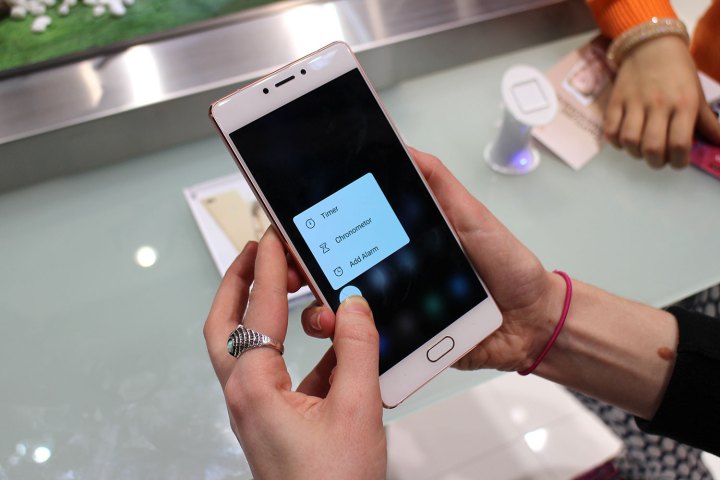
The documentation best describes the feature. Designed to help you quickly activate common or popular features inside an app without having to open the app first, shortcut menus will appear after a gesture is made over the app icon on the main Android home screen. Examples given include quickly sending a message using a messaging app, playing the next available episode of a streaming TV show, and choosing a favorite place to navigate to in maps.
It certainty sounds familiar, but there is a further feature that’s not seen in iOS, the chance to pull one of those shortcuts out of the menu and pin it to the home screen. Google says there’s no limit to the amount of these pinned shortcuts, which may create an entirely new way of organizing home screens and using apps. It’s also mentioned that apps will only be able to have five shortcuts on the gesture-controlled menu. The exact type of gesture needed isn’t discussed, so may not be related to hard-pressing the touchscreen.
A developer has tried to implement the dynamic launcher shortcuts, but found they didn’t work at the moment, according to Phandroid. It’s speculated the feature and its gesture controls require changes to the hardware as well. That’s true of Apple’s 3D Touch system, which doesn’t work on older iPhone models.
It’s not the first time we’ve heard talk about pressure or gesture controlled touchscreen features in Android N. At the beginning of March, rumors surrounding the next Nexus smartphones said HTC was working with Google to implement a pressure sensitive screen into this year’s devices. Additionally, several manufacturers — from Huawei and ZTE to Meizu and Gionee — have already added their own interpretation of 3D Touch to phones released recently.
Android N is likely to be fully revealed at this year’s Google I/O conference, which takes place in late May.
Editors' Recommendations
- iOS 18 could make my iPhone look like Android, and I hate it
- I used an app to create 3D models with my iPhone, and it’s shockingly great
- Oppo’s Find N is great, but I still like the Galaxy Z Fold 3
- iPhone 13 Pro Max vs. Samsung Galaxy Z Fold 3
- Samsung Galaxy Z Flip 3 vs. iPhone 12 Pro Max




